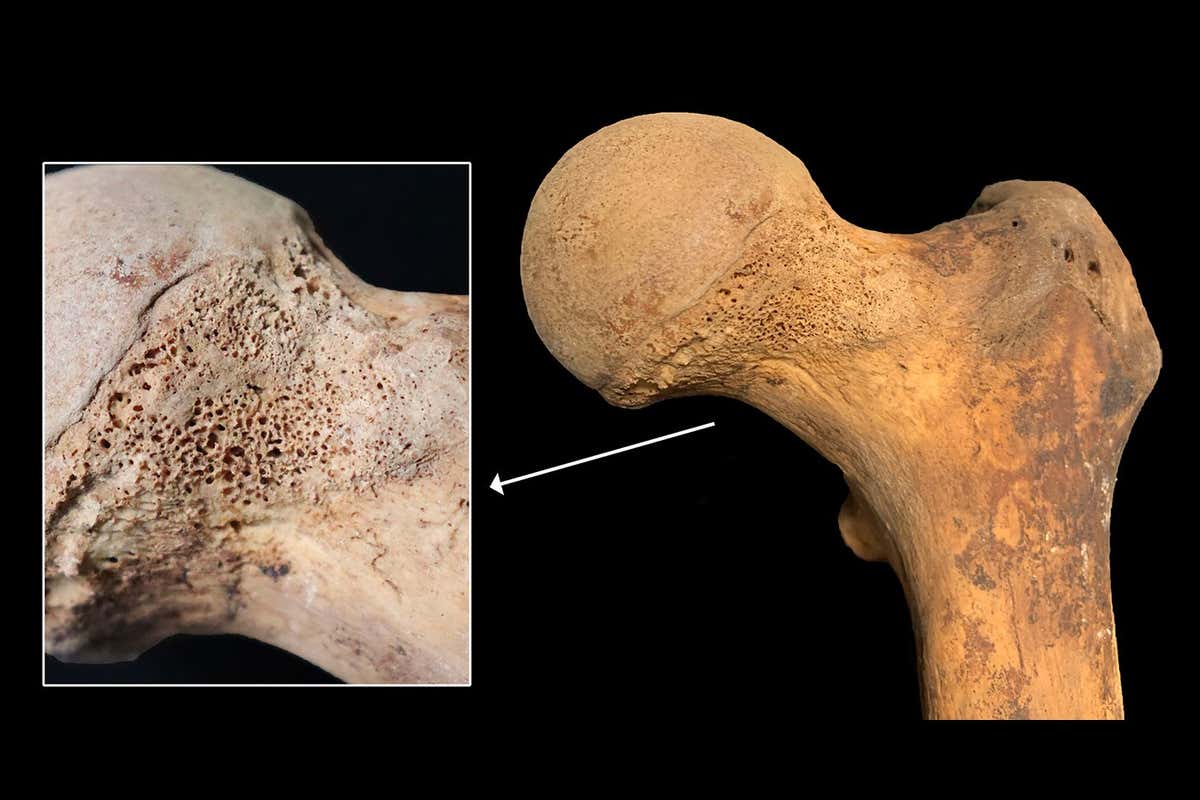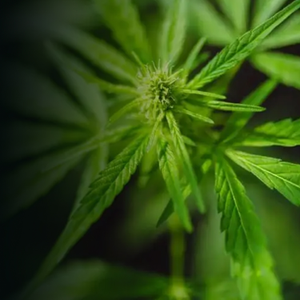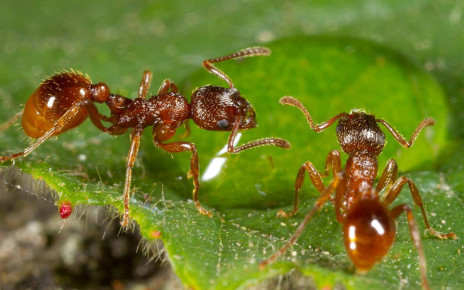[ad_1]

A femur, one of the bones that held traces of cannabis
Gaia Giordano, Mirko Mattia, Michele Boracchi, et al.
The first evidence of cannabis discovered in archaeological skeletal remains comes from bones of people buried under a hospital in Milan, Italy, in the 17th century.
“Molecules of medicinal plants can be detected by toxicological analysis even centuries after the death of an individual,” says Gaia Giordano at the University of Milan in Italy.
She and her colleagues discovered molecules of tetrahydrocannabinol (THC) and cannabidiol (CBD) – the psychoactive components of cannabis – within the thigh bones of a young man and middle-aged woman who had been buried between 1638 and 1697. Such molecules can be trapped and preserved after being absorbed into the bloodstream and traveling through blood vessels into bone tissue.
Giordano and her colleagues extracted bone samples from nine human remains in a crypt containing the remains of 17th-century patients of Milan’s Ca’ Granda hospital. They confirmed the period in which these people died using radiocarbon dating.
They then performed toxicology analyses by powdering and preparing the bone samples so that individual chemical compounds could be separated and purified within a liquid solution. This let them use mass spectrometry to identify the chemical components.
As the use of marijuana and its compounds rises around the world, New Scientist explores the latest research on the medical potential of cannabis, how it is grown and its environmental impact, the way cannabis affects our bodies and minds and what the marijuana of the future will look like.
The science of cannabis
The researchers did not find any mention of cannabis in the Ca’ Granda hospital’s records of medicinal compounds. So, Giordano says the people may have been self-medicating or using the cannabis recreationally, instead of receiving it as a prescribed treatment.
The study is unique in using this toxicology method to analyse human remains at an archaeological site, says Yimin Yang at the University of Chinese Academy of Sciences in Beijing. “I think their study will open a new window for researching cannabis consumption in ancient times,” he says.
Yang’s own research previously found chemical traces of cannabis on wooden braziers in tombs dating back 2500 years ago. And cannabis has an even longer history of becoming humanity’s favourite weed, starting with its domestication around 12,000 years ago.
Meanwhile, Giordano and her colleagues are expanding their toxicological search to other substances, such as cocaine, in more modern human remains.
Topics:
[ad_2]
Source link




